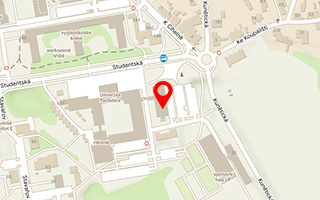Publikace detail
Šlechta v proměnách. Osudy aristokracie v Československu v letech 1918-1948
Autoři:
Homolová Dita
Rok: 2017
Druh publikace: odborná kniha
Název nakladatele: NLN, Nakladatelství Lidové noviny
Místo vydání: Praha
Strana od-do: nestránkováno
